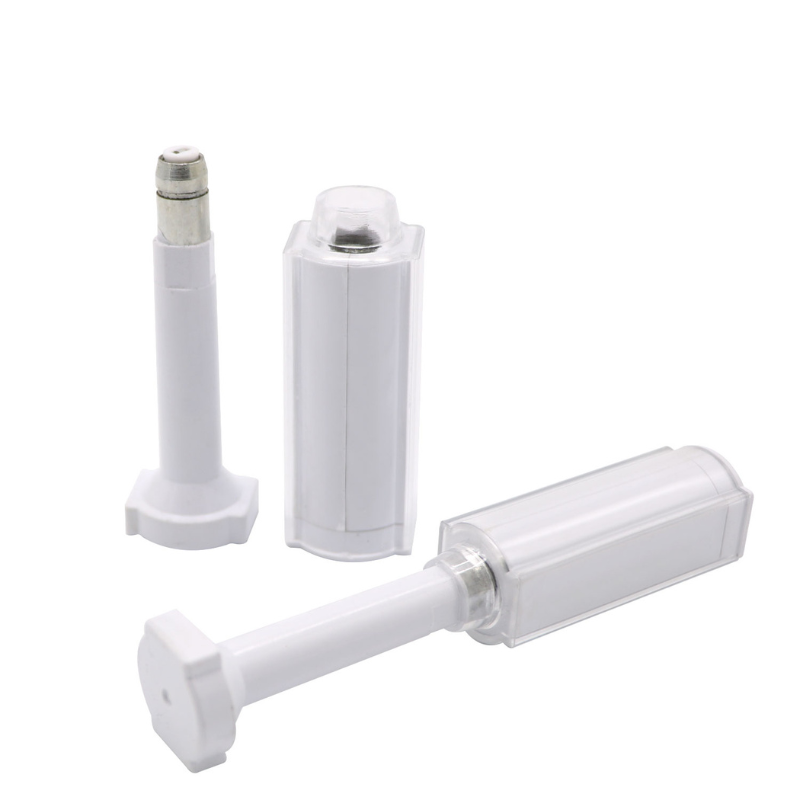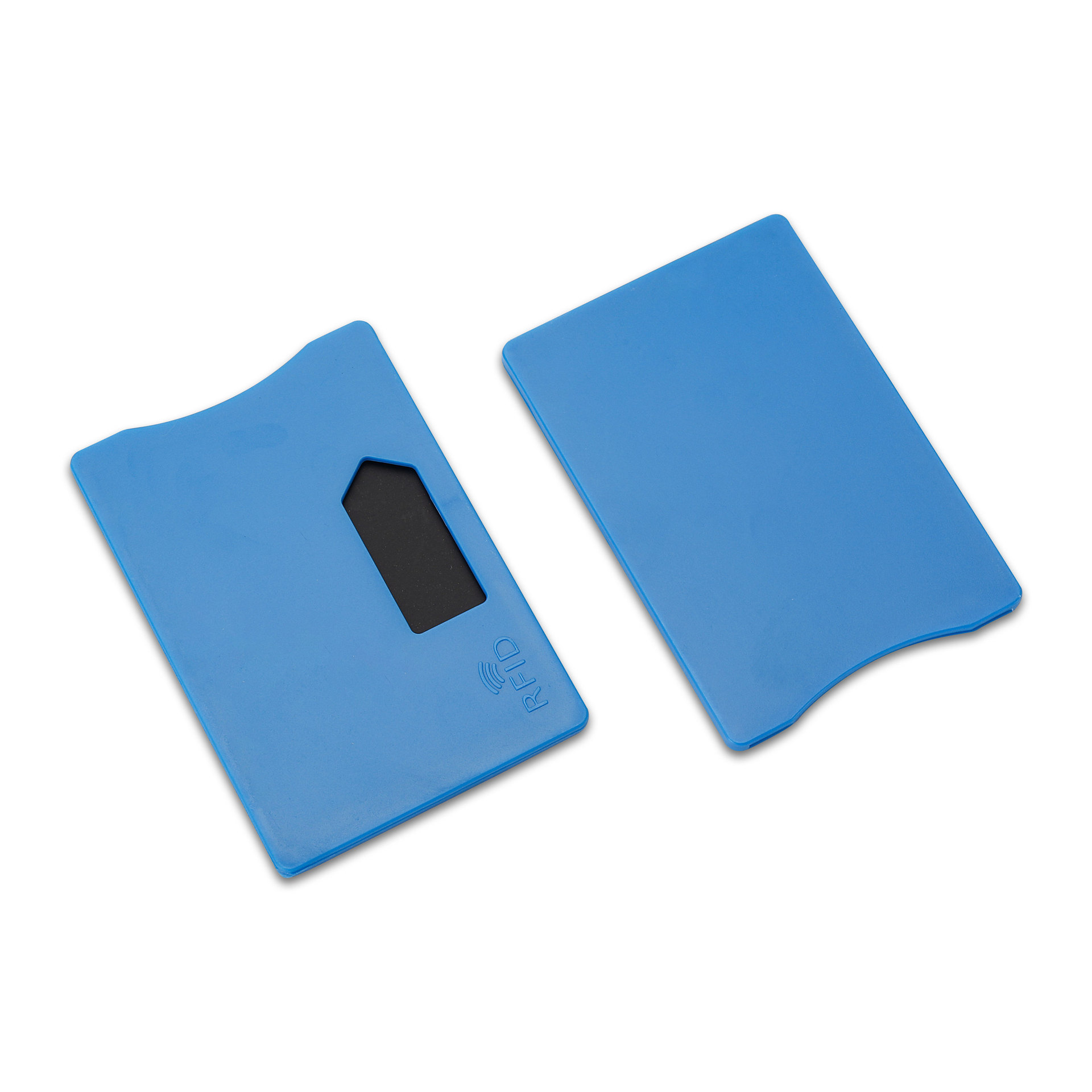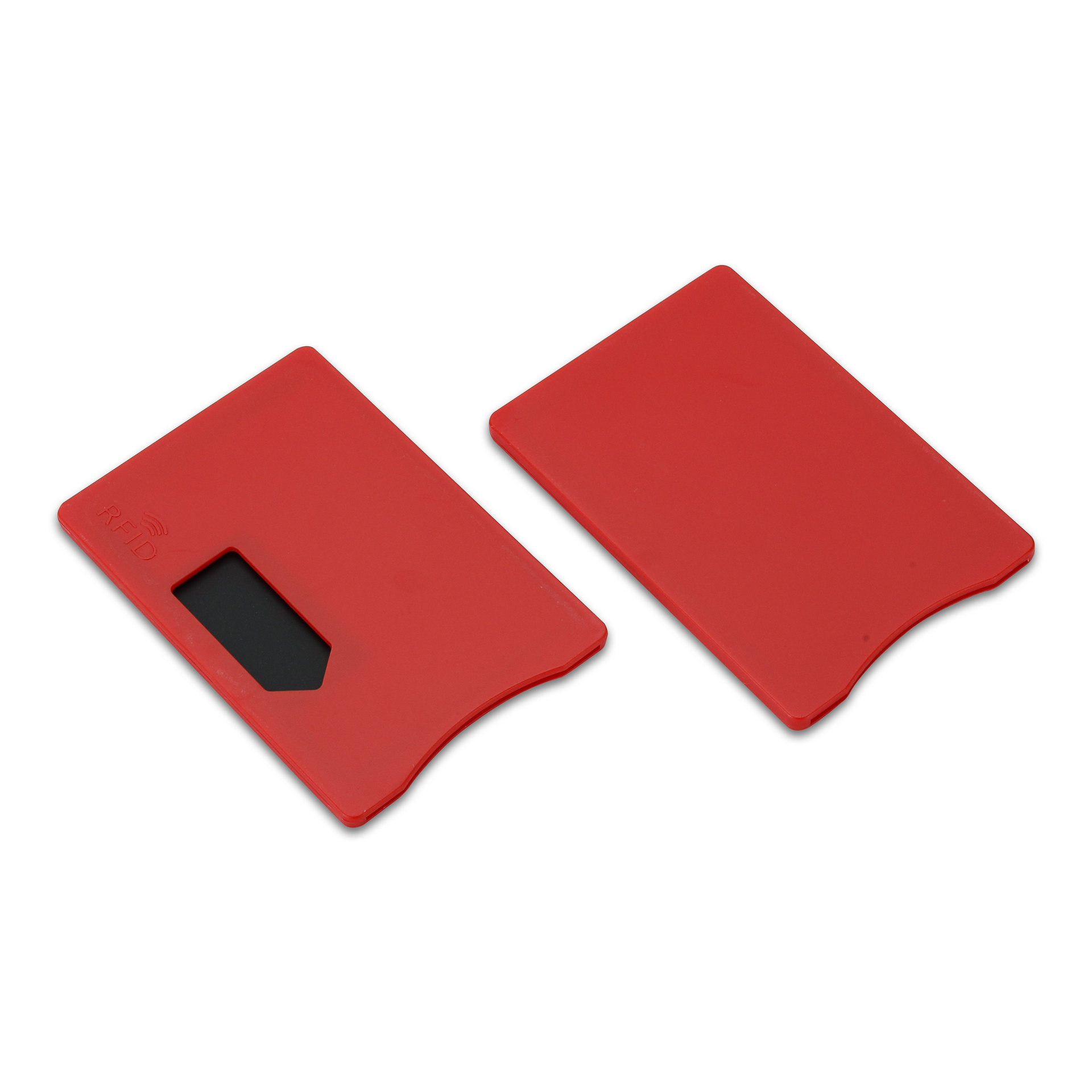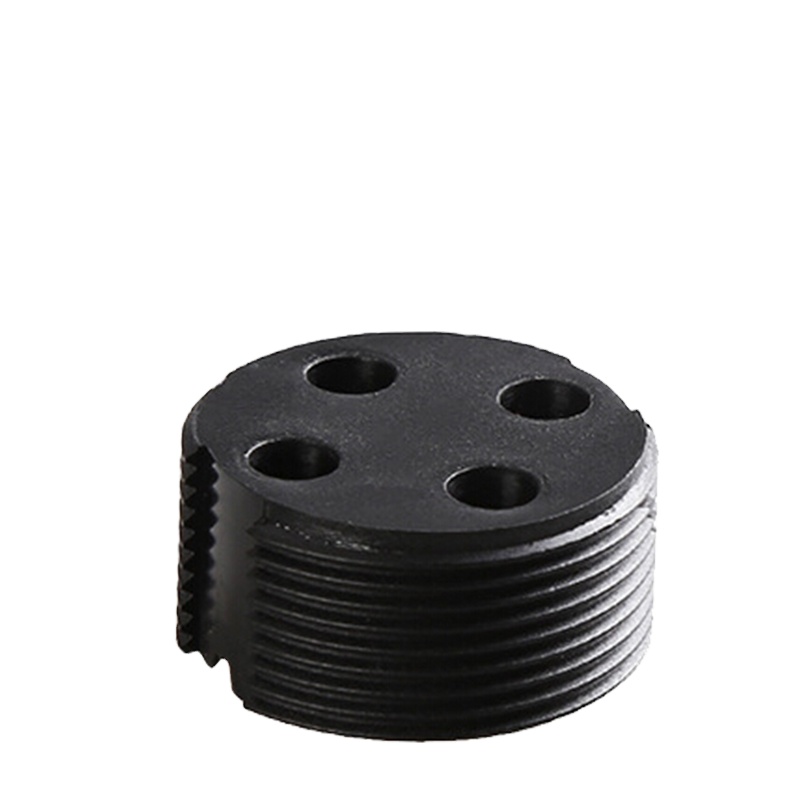
מה ההבדל בין תגי RF ו-RFID?
תוֹכֶן הָעִניָנִים
ההבדל בין תגי RF ו-RFID: הגדרות, טכנולוגיה ויישומים באחסנה
עם זאת, מונחים אלה משמשים לעתים קרובות באופן חליפי — מה שמוביל לבלבול לגבי משמעותם האמיתית וההבדלים ביניהם. הבנת ההבדל בין RF ל-RFID מסייעת לעסקים לייעל את הפעילות, לשפר את היעילות ולבצע השקעות חכמות יותר בטכנולוגיה.
מדריך זה מסביר כיצד טכנולוגיית RF ו- תגיות RFID עבודה, כיצד הם נבדלים זה מזה, ומדוע טכנולוגיית RFID משנה את שרשראות האספקה המודרניות.

מהי טכנולוגיית RF וכיצד היא פועלת?
RF (תדר רדיו) מתייחס לשימוש בגלי רדיו אלקטרומגנטיים להעברת נתונים באופן אלחוטי. הוא משמש כבסיס למספר מערכות תקשורת אלחוטית, כולל טכנולוגיית RFID, Wi-Fi ו-Bluetooth.
מרכיבים עיקריים של טכנולוגיית RF:
- משדר ומקלט: יצירת וקליטת אותות רדיו.
- טווח תדרים: פועל מכמה קילוהרץ (kHz) ועד גיגה-הרץ (GHz), בהתאם לשימוש.
- יישומים: נפוץ במערכות תקשורת, שלטים לדלתות מוסך, מיקרופונים אלחוטיים ומערכות אבטחה.
בקיצור, טכנולוגיית RF מספקת את התשתית האלחוטית המאפשרת זיהוי, תקשורת וחילופי נתונים — וטכנולוגיית RFID היא אחד היישומים המתמחים ביותר שלה.
מה זה RFID ואיך זה עובד?
RFID (זיהוי בתדר רדיו) מבוסס על טכנולוגיית RF ומאפשר זיהוי ומעקב אלחוטי אחר אובייקטים מתויגים.
מערכת RFID מורכבת מ:
- תגיות RFID
- קורא RFID
- אנטנה ומערכת תוכנה
כיצד פועלת טכנולוגיית RFID:
- הפעלת הקורא: קורא RFID שולח אות רדיו באמצעות אנטנה.
- תגובת התג: תג ה-RFID קולט אנרגיה מהאות הזה ומשדר את הנתונים המאוחסנים.
- לכידת נתונים: הקורא מקבל את תגובת התג ומעביר את הנתונים למסד נתונים מרכזי או למערכת ניהול מחסן (WMS).
בניגוד לברקודים, תגי RFID אינם דורשים סריקה בקו ראייה — מה שמאפשר לקרוא מספר תגים בו-זמנית ומשפר את היעילות בסביבות עמוסות.
ההבדל בין RF ל-RFID
בעוד RF מייצג את הקטגוריה הרחבה יותר של תקשורת אלחוטית, RFID הוא יישום ספציפי של טכנולוגיית RF שנועד לזיהוי פריטים ומעקב אחר נתונים.
| תכונה | RF | RFID |
|---|---|---|
| הַגדָרָה | שימוש כללי בגלי רדיו להעברת נתונים אלחוטית | יישום RF לזיהוי ומעקב אחר אובייקטים |
| מרכיבים עיקריים | משדר ומקלט | תגיות, קוראים, אנטנות ותוכנת ניהול |
| סוג תקשורת | העברת אותות בסיסית | זיהוי דו-כיווני וחילופי נתונים |
| יישומים | מכשירי רדיו, שלטים רחוקים, Wi-Fi, מערכות אבטחה | ניהול מחסנים, לוגיסטיקה, קמעונאות, בקרת גישה |
| פונקציונליות נתונים | מעביר נתוני אות גולמיים | העברות מידע דיגיטלי מאוחסן המקושר לנכסים פיזיים |
כיצד פועלים תגי RFID
תגי RFID הם התקנים זעירים המאחסנים ושולחים נתונים לקורא RFID. כל תג מכיל:
- שבב (IC): מאחסן נתוני זיהוי ייחודיים.
- אנטנה: קולטת אנרגיה ומשדרת אותות.
- מצע/שיבוץ: מגן על רכיבים פנימיים.
כאשר תג נכנס לשדה הקריאה של קורא RFID, הוא משדר נתונים כגון מזהה ייחודי או קוד מוצר — מה שמאפשר נראות בזמן אמת בכל פעולות המחסן או שרשרת האספקה.
סוגי תגי RFID
1. תגי RFID פסיביים
- מקור כוח: ללא סוללה פנימית; מופעל על ידי האות של הקורא.
- טווח: כמה סנטימטרים עד כמה מטרים.
- יישומים: קמעונאות, ניהול מלאי ותיוג ברמת הפריט.
2. תגי RFID פעילים
- מקור כוח: סוללה מובנית להעברת אות רציפה.
- טווח: עד 100 מטר ויותר.
- יישומים: מעקב אחר כלי רכב, ניהול צי רכב, ניטור נכסים גדולים.
הבחירה בין תגי RFID אקטיביים לפסיביים תלויה בדרישות הטווח, אורך חיי התג והתקציב שלכם.
יישומים של טכנולוגיית RFID באחסנה
טכנולוגיית RFID משנה את פעילות המחסנים ושרשרת האספקה על ידי מתן אוטומציה, דיוק ושקיפות.
יישומים עיקריים במחסן:
- ניהול מלאי: נראות בזמן אמת של רמות המלאי ומיקומי הפריטים.
- ניהול רציפים: עוקב אחר סחורות הנכנסות ויוצאות מהמתקנים.
- מעקב אחר נכסים: מבטיח אחריות ואיתור של פריטים בעלי ערך גבוה.
- יעילות תפעולית: מפחית טעויות סריקה ידניות ועלויות עבודה.
“מחסנים המשתמשים בתגי RFID יכולים לעבד עד פי 20 יותר תנועות מלאי בהשוואה למערכות ברקודים.”
RFID לעומת NFC: קשורים אך שונים
שְׁנֵיהֶם NFC (תקשורת טווח קרוב) ו-RFID משתמשים בטכנולוגיית RF, אך הם נבדלים זה מזה בטווח, במטרה וביכולת התקשורת.
| תכונה | RFID | NFC |
|---|---|---|
| לָנוּעַ | טווח ארוך (עד 100 מטר) | טווח קצר (עד 10 ס"מ) |
| מקור כוח | פעיל או פסיבי | פסיבי בלבד |
| החלפת נתונים | חַד סִטרִי | דו-כיווני (peer-to-peer) |
| יישומים | ניהול מחסנים, לוגיסטיקה, מעקב אחר נכסים | תשלומים ניידים, אימות זהות, גישה חכמה |
NFC יכול להיחשב כתת-קבוצה מיוחדת של טכנולוגיית RFID, אידיאלית להחלפת נתונים מאובטחת בטווח קצר, בעוד שתגי RFID שולטים בתחום המעקב התעשייתי והלוגיסטיקה.
תפקידו של RF במערכות אבטחה (שילוב EAS)
מערכות אלקטרוניות למעקב אחר פריטים (EAS) משתמשות בדרך כלל בתגי RF כדי למנוע גניבות בסביבות קמעונאיות או במחסנים.
כיצד פועלת אבטחת תגי RF:
- מיקום התג: תג RF מוצמד לסחורה.
- זיהוי: שערי אבטחה סורקים תגיות פעילות ביציאות.
- התראה: אם תג פעיל עובר, המערכת מפעילה אזעקה.
באמצעות שילוב טכנולוגיית RFID, מערכות EAS זוכות לדיוק זיהוי משופר ואוטומציה במהלך התשלום או המשלוח.

שאלות נפוצות
מהו ההבדל העיקרי בין RF ל-RFID?
RF מתייחס לתקשורת אלחוטית כללית באמצעות גלי רדיו. RFID הוא סוג ספציפי של טכנולוגיית RF המשמש למעקב וזיהוי באמצעות תגי RFID וקוראים.
האם RFID יכול להחליף ברקודים במחסנים?
כן. תגי RFID אינם דורשים קו ראייה, מאפשרים לכידת נתונים מהירה יותר והם עמידים יותר מברקודים מסורתיים.
האם תגי RF ותגי RFID ניתנים להחלפה?
לא. תגי RF פשוטים יותר ומשמשים בעיקר במערכות נגד גניבה. תגי RFID מתקדמים יותר ומשמשים למעקב ולהחלפת נתונים.
איך עובד תג RFID?
קורא RFID שולח אות, התג מגיב עם הנתונים המאוחסנים, והמערכת רושמת אותם באופן אוטומטי — אידיאלי למלאי בזמן אמת.
מַסְקָנָה
טכנולוגיית RF היא הבסיס האלחוטי של התקשורת המודרנית, ואילו טכנולוגיית RFID מבוססת עליה כדי לאפשר מערכות זיהוי חכמות ואוטומטיות.
- השתמש בתגי RFID למעקב בזמן אמת, אוטומציה ודיוק באחסון ולוגיסטיקה.
- השתמש במערכות RF ליישומי תקשורת וחישה כלליים.
על ידי הבנת ההבדל בין RF ל-RFID, עסקים יכולים לבחור את הכלים הנכונים כדי לשפר את היעילות, להפחית עלויות ולהבטיח את עתיד פעילותם.

ריי ג'ואו
מאמר זה נכתב על ידי ריי ז'ו, מומחה לטכנולוגיית RFID עם יותר מ-10 שנות ניסיון בתחום.
הערות
מוצרים לוהטים
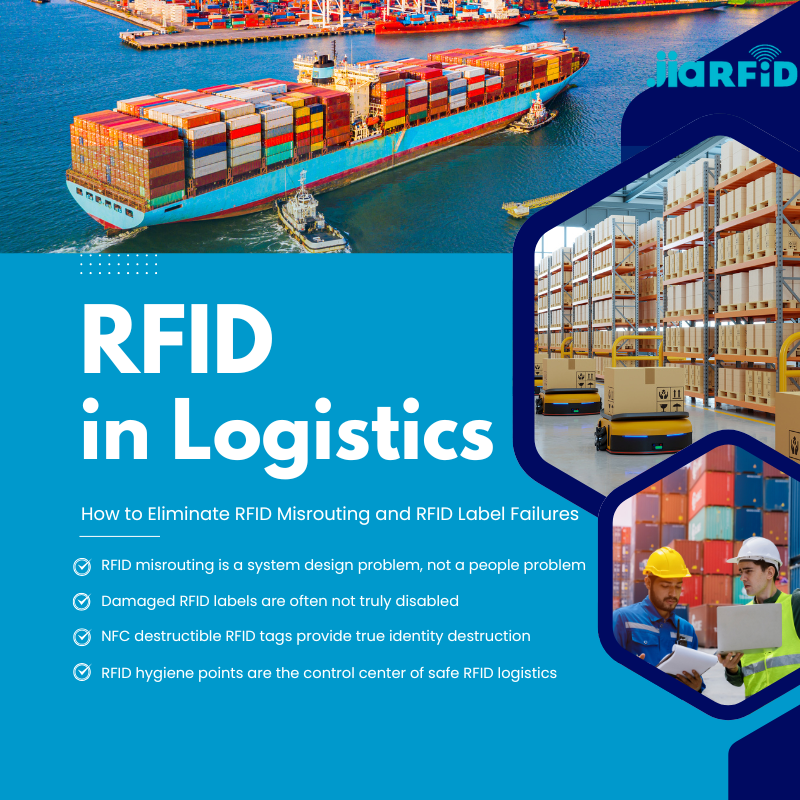
RFID בלוגיסטיקה: כיצד למנוע טעויות ניתוב RFID וכשלים בתוויות RFID
RFID בתחום הלוגיסטיקה הוא יותר מסתם כלי להאצת תהליכים. הוא הפך לחלק מרכזי באופן הפעולה של שרשראות אספקה מודרניות.
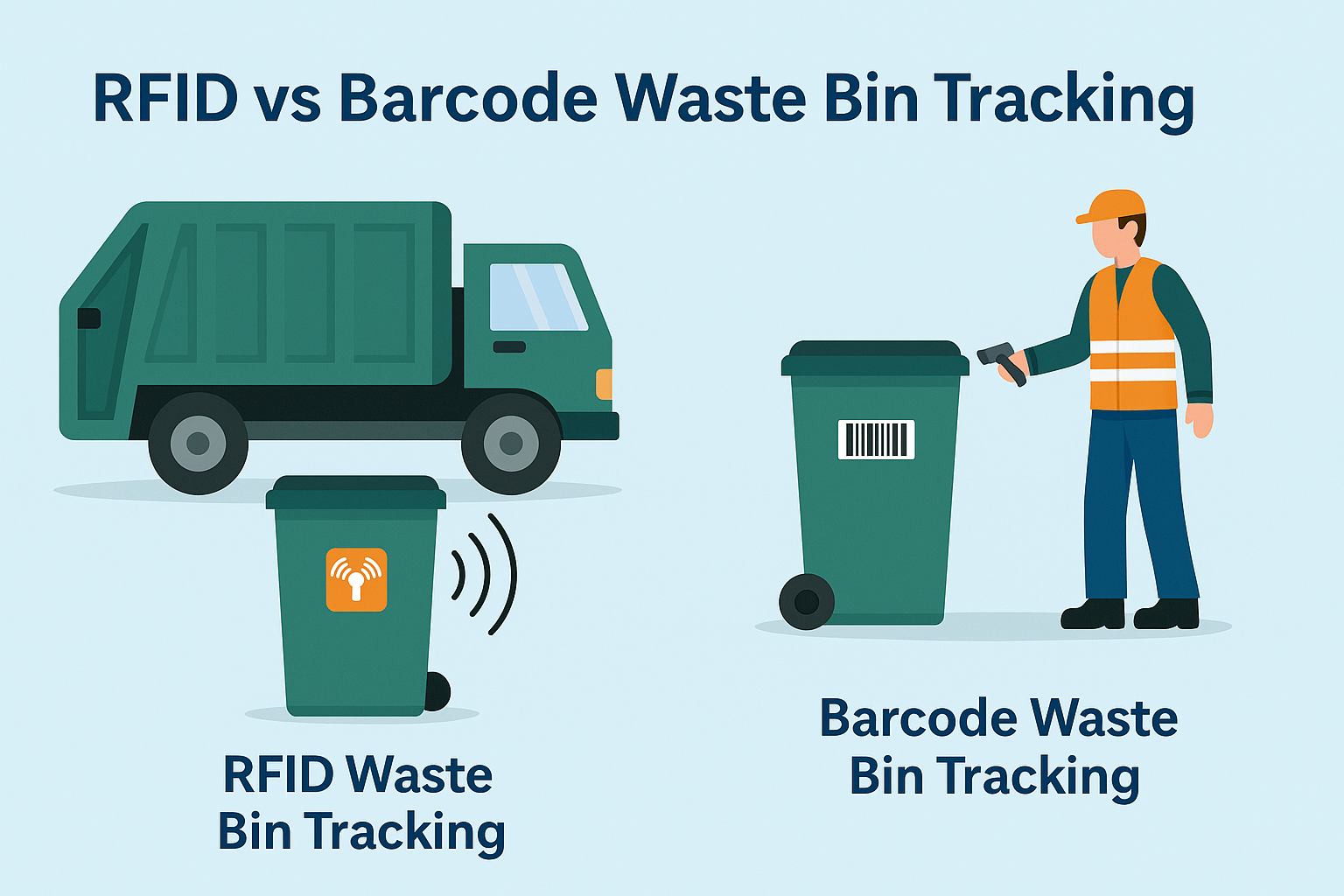
מהו ניהול פסולת באמצעות RFID
דמיינו עיר שבה כל פח אשפה מדבר — לא במובן המילולי — אלא באמצעות שבב זעיר שמודיע למערכת מתי הוא מלא, מתי הוא מרוקן ולאן הוא נלקח. זה מה שעושה כיום ניהול פסולת באמצעות RFID.
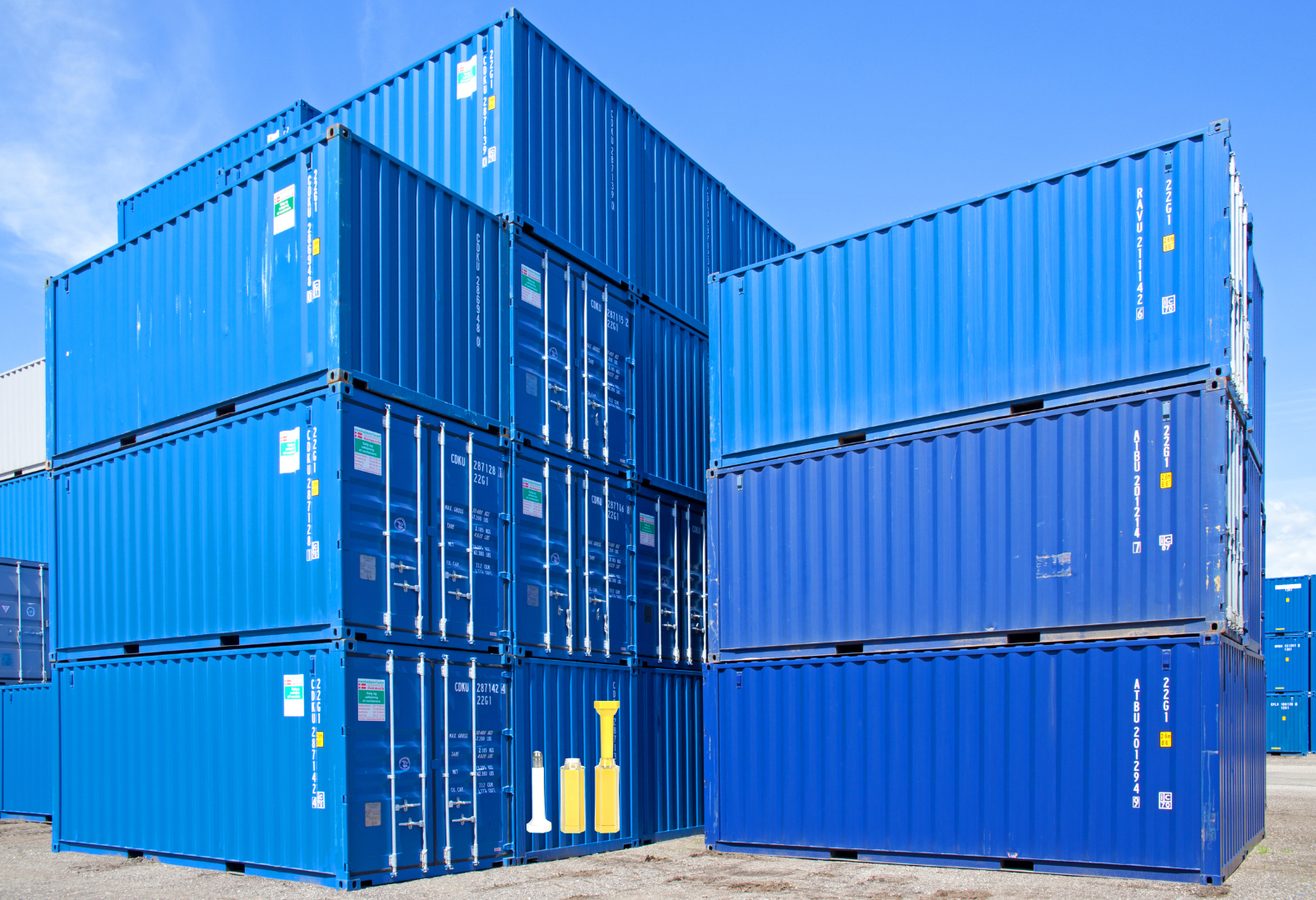
מהם אטמי בורג ומהן היישומים שלהם? | המדריך המלא
בסחר ולוגיסטיקה גלובליים, אטמי בורג ממלאים תפקיד מכריע בהבטחת אבטחת המטען ותאימותו. מכשירים קטנים אך עוצמתיים אלה נועדו לנעול מכולות משלוח, נגררים ודלתות מטען באמצעות מנגנון המונע חבלה.
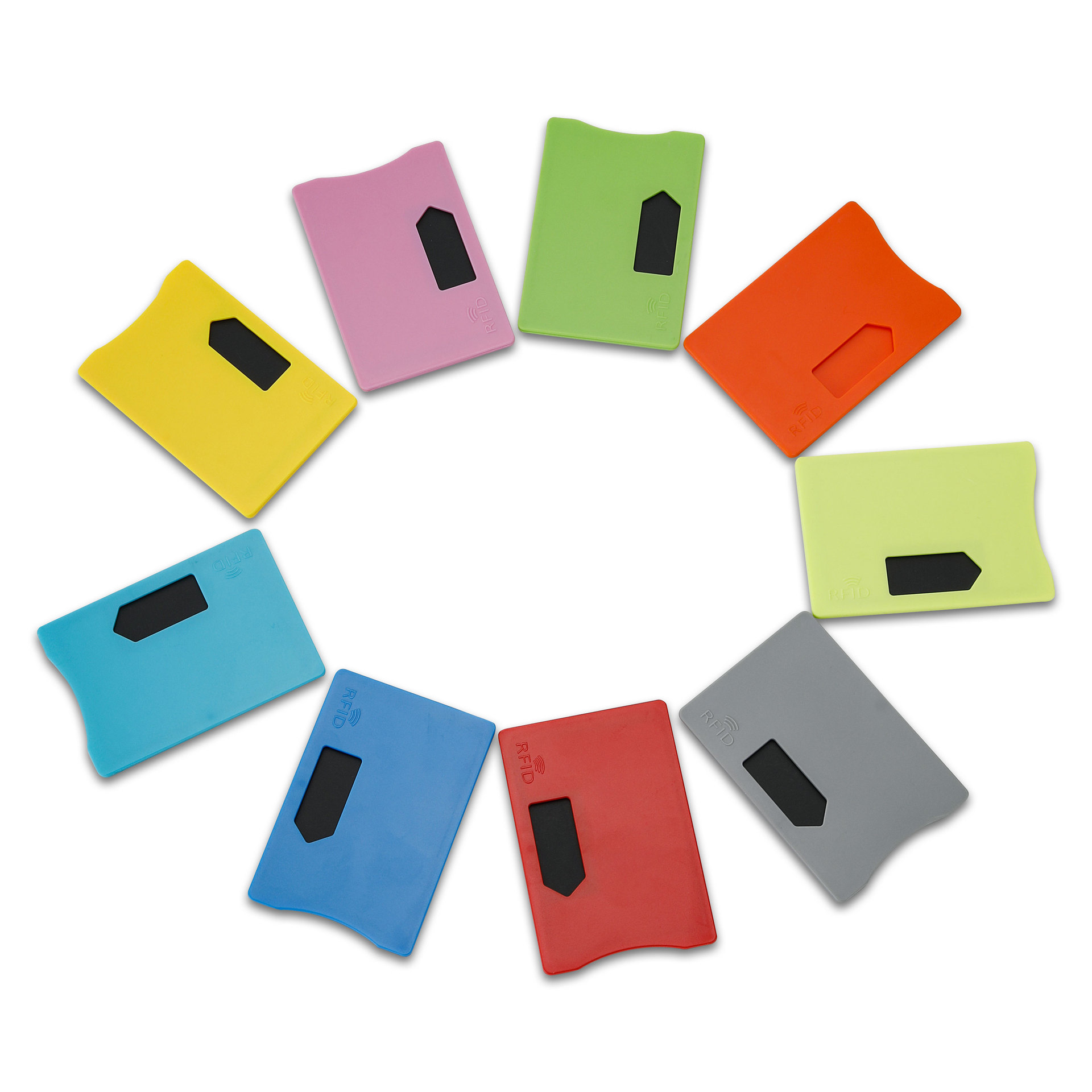
מהו מגן כרטיס RFID? יתרונות, דוגמאות לשימוש ומדריך לקנייה
טכנולוגיית RFID (זיהוי בתדר רדיו) נמצאת בכל מקום: בכרטיסי האשראי, בתגי זיהוי, בכרטיסי נסיעה, במפתחות לחדרי מלון ועוד. היא מציעה מהירות ונוחות, אך היא גם פותחת את הדלת לסוג חדש של גניבה דיגיטלית המכונה “סקים”. כאן נכנס לתמונה מגן כרטיסי RFID.

צמידי RFID לאירועים: מדריך לרכישה בכמויות גדולות למארגנים
צמידי RFID לאירועים הופכים לפתרון המועדף על מארגנים הזקוקים לכניסה מהירה יותר, למניעת הונאות ולתשלומים ללא מזומן בקונצרטים, בפסטיבלים ובאצטדיוני ספורט. בניגוד לכרטיסים מנייר או לקודי QR, צמידים חכמים אלה משתמשים בשבבים מוטמעים כדי לייעל את הגישה, לאבטח את העסקאות ולשפר את חוויית האורחים.
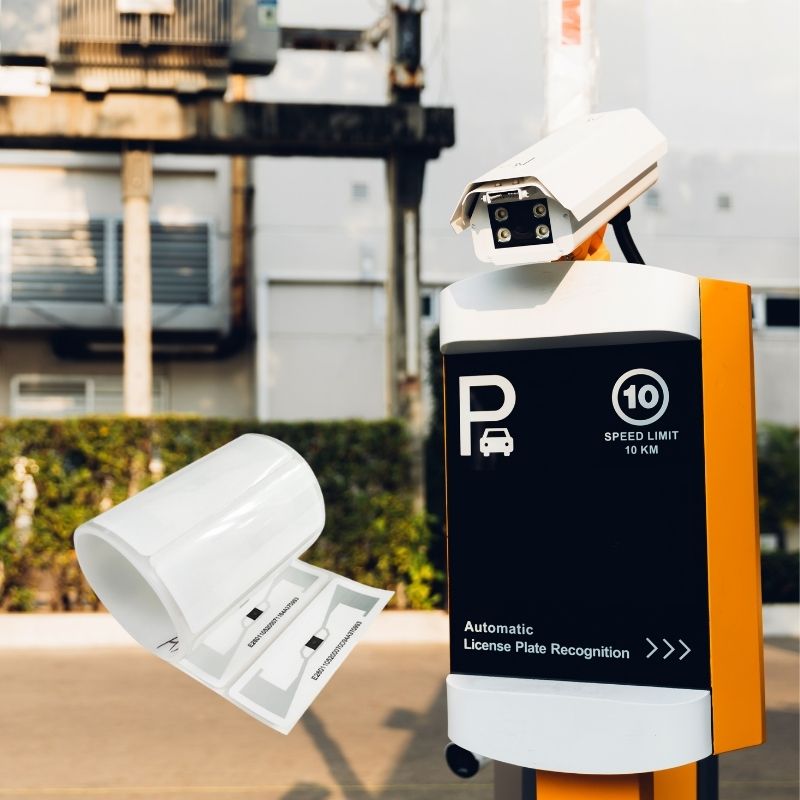
כיצד תג RFID על השמשה הקדמית משפר את בקרת הגישה לרכב ומערכות האגרה
בעולם המהיר של ימינו, זיהוי כלי רכב צריך להיות מהיר, מאובטח וללא מגע. תג RFID על השמשה הקדמית מספק בדיוק את זה — דרך אמינה לנהל גביית אגרה, חניה וגישה לשערים מבלי לעצור את כלי הרכב.
תגים
בלוגים קשורים

RFID בלוגיסטיקה: כיצד למנוע טעויות ניתוב RFID וכשלים בתוויות RFID
RFID בתחום הלוגיסטיקה הוא יותר מסתם כלי להאצת תהליכים. הוא הפך לחלק מרכזי באופן הפעולה של שרשראות אספקה מודרניות.

מהו ניהול פסולת באמצעות RFID
דמיינו עיר שבה כל פח אשפה מדבר — לא במובן המילולי — אלא באמצעות שבב זעיר שמודיע למערכת מתי הוא מלא, מתי הוא מרוקן ולאן הוא נלקח. זה מה שעושה כיום ניהול פסולת באמצעות RFID.

מהם אטמי בורג ומהן היישומים שלהם? | המדריך המלא
בסחר ולוגיסטיקה גלובליים, אטמי בורג ממלאים תפקיד מכריע בהבטחת אבטחת המטען ותאימותו. מכשירים קטנים אך עוצמתיים אלה נועדו לנעול מכולות משלוח, נגררים ודלתות מטען באמצעות מנגנון המונע חבלה.

